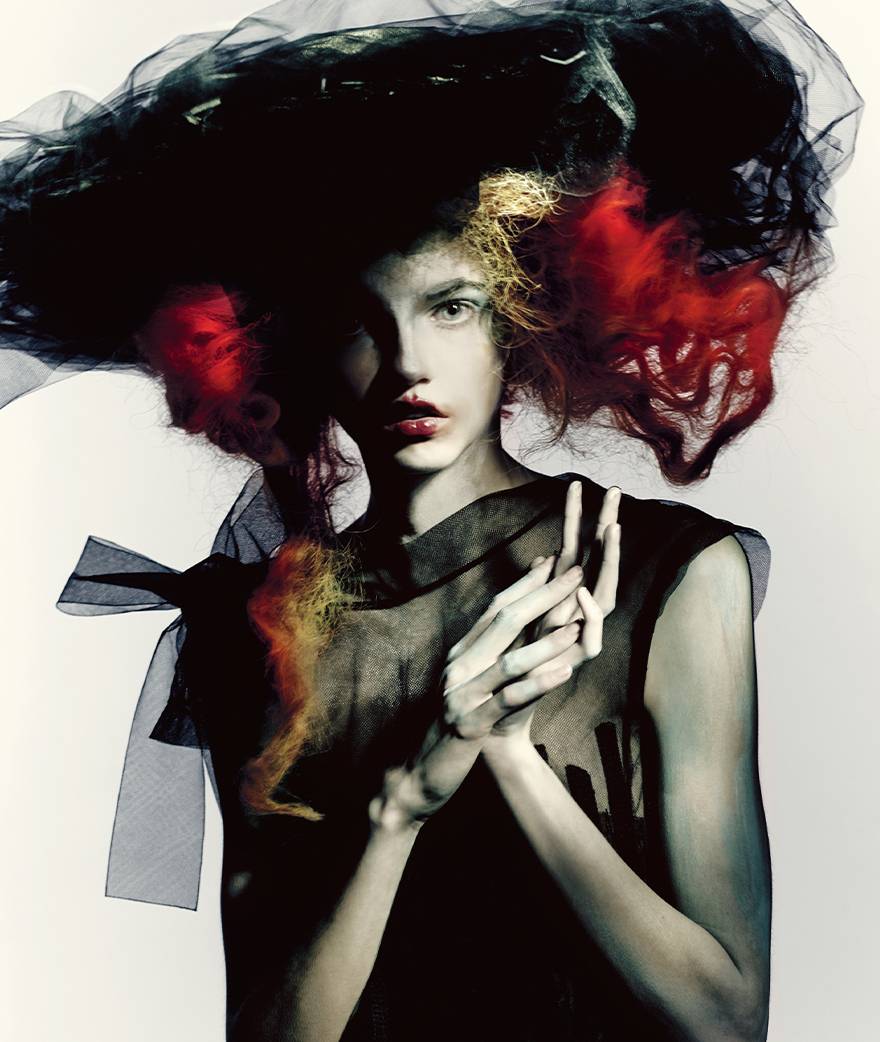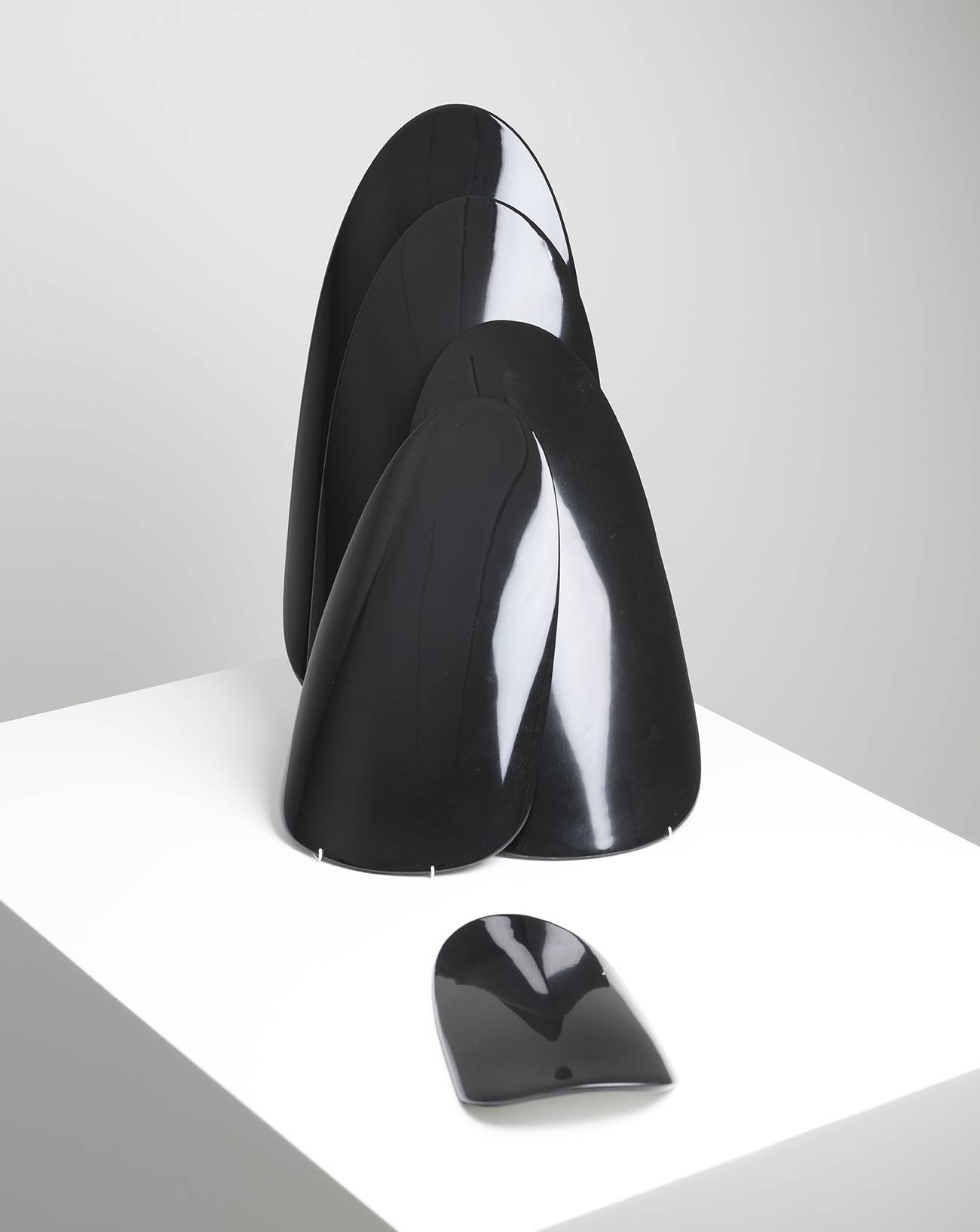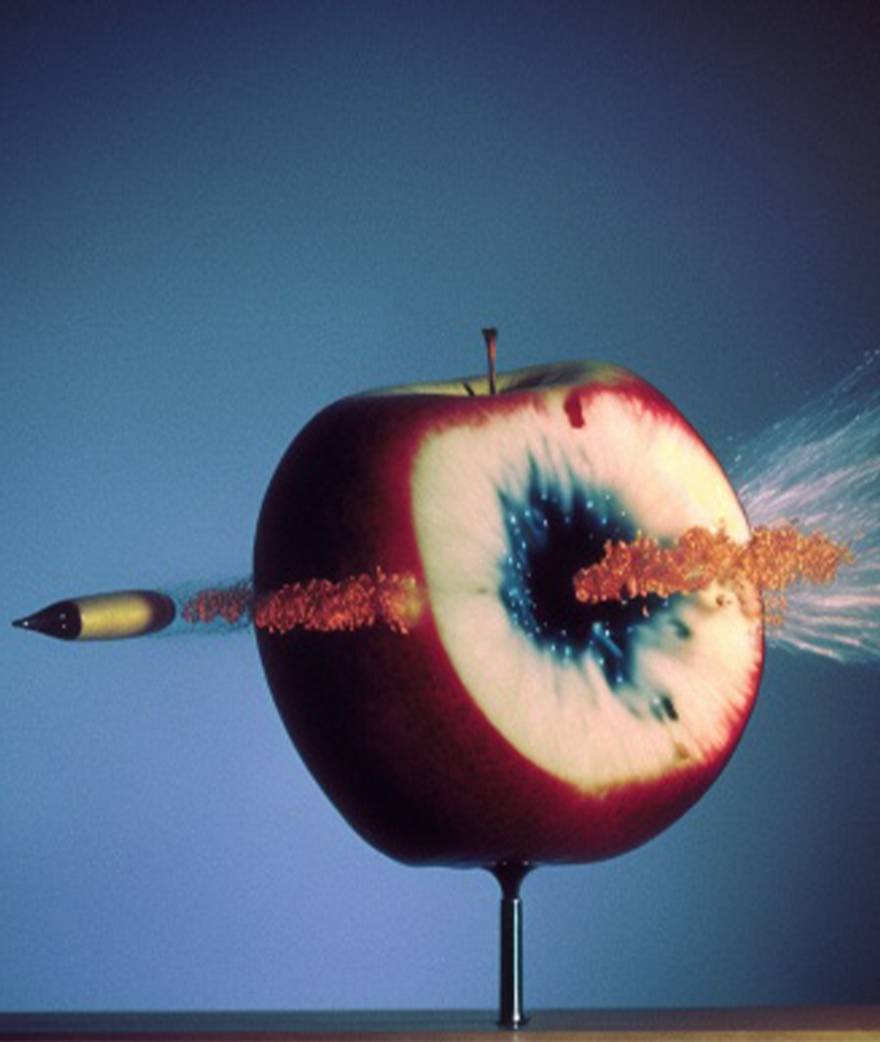Today in the world of art things have become like the music business. While artists’ output is discussed by the critics, who help a wider audience discover the works and understand the processes behind them, in some cases criticism remains ineffective. Few would attempt a serious analysis of Lady Gaga or Rihanna’s latest album, for example – instead there would be talk of a “phenomenon,” of record-breaking sales, of the number of Twitter followers, of marketing strategies, videos and dress codes. And the art world also has its pop stars. They don’t necessarily wear eccentric outfits, but their success – both on the art market and with popular audiences – brings them, if not uncontested legitimacy, at least worldwide fame and influence. Anish Kapoor, along with Jeff Koons and Damien Hirst, belongs to this select group. Like Lady Gaga or Miley Cyrus, these three big names are carried along by two highly effective rationales: the constant need to do something bigger (a star must by nature reach the firmament) and the pursuit of controversy (stars have been talked about since time immemorial, by astronomers, astrologists or mariners).
To date, the Koons retrospective at the Centre Pompidou holds the attendance record for a living artist (over 650,000 visitors), and Anish Kapoor has been invited to create work in the gardens at Versailles. The Anglo-Indian artist is a past master of large-scale pieces: the futurist curves of his 35m-long, 12-tonne Leviathan, for example, attracted 280,000 visitors to Paris’s Grand Palais in 2011. Kapoor gave a foretaste of his latest intervention in France: “The idea behind my Versailles project isn’t just to place one or two of my works there like decorations. It’s a place that really doesn’t need decorating. What interests me is turning Le Nôtre’s gardens upside down. I want to shake up this geometric object, with its perfect perspectives that express the idea of eternity, and bring in real Nature, in all her capacity for disorder, death, decomposition and abjection.” Evidently he intends to make a sensation.
Kapoor has installed his majestic intervention on the Tapis Vert, a 335m-long grass parterre. Running down it is a huge reddish membrane, 60m long and 10m high, which recalls to a certain extent Marsyas, his 2002 installation in the Turbine Hall at Tate Modern. A gaping vaginal orifice will thus face the château: the phallic structure, an eternal symbol of state power, will be countered by a female power that has issued from the womb of the Earth. Since Kapoor seems determined to train his fire on all that Versailles represents, he couldn’t have found a better weapon than his work Shooting into the Corners (2009). Installed in the Salle du Jeu de Paume (where France’s parliament was born during the Revolution), it consists in a cannon that shoots red-wax balls weighing between 5 and 6kg into one corner of the room (protected by a white wall, may conservationists of all stripes be reassured) where they burst in a gory explosion.
Anish Kapoor at château de Versailles, until November 1.

















